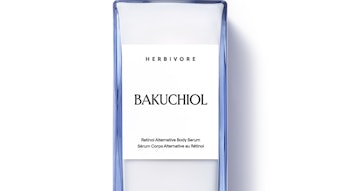
Emulsions typically employ surfactants or emulsifiers to stably disperse one liquid into another. However, according to Shiseido inventors, an increasing number of consumers report sensitivities to these surfactants and they therefore prefer o/w emulsions that omit them.
Previously, one stable o/w emulsion was developed based on a cationic surfactant, polyhydric alcohol and powder to emulsify an oil phase containing an amphiphilic lipid; e.g., ceramide. However, this system had a tendency to feel sticky during use.
Another o/w emulsion showed superior emulsification stability without stickiness and low irritation. It comprised powder, oil and water phase components and a cationic surfactant containing two-chain alkyls. However, the powders used were mainly inorganic and their emulsifying abilities are typically inferior to surfactants. Further, these formulas resulted in squeakiness and an undesired white appearance and powdery feel.
Others solutions have employed flavonoids as the emulsifying agent, but these pose allergic potential. As such, the present invention looked to core corona-type microgel dispersions for stability and sensory appeal.
Microgel dispersion for stability and sensory benefits
U.S. Patent Application 20170239165
Publication date: Aug. 24, 2017
Assignee: Shiseido Co., Ltd.
Described here is a core corona-type microgel dispersion obtained by the radical polymerization of a polyethylene oxide macromonomer, a hydrophobic monomer and a cross-linking monomer under specific conditions. The resulting dispersion exhibits high stability, provides good sensory benefits during use and does not cause skin irritation.
In relation, core corona microgels were described in a previous Shiseido patent for their sensory benefits. They also were presented during the 2016 IFSCC Congress for their emulsifying properties.
How do they work? According to the Shiseido patent application, microgels from conventional synthetic polymers use polymer electrolytes; polyacrylic acid, for example, whose dispersion in water is not resistant to the presence of acids or salts—an important feature for drugs and cosmetics. In contrast, the dispersion in water of microgels stabilized by polyethylene oxide chains is resistant to acids and salts.
Further, while the described polymerization method is known, its use to cross-link the core part of microgels with monomers is not previously known. Using this process, the hydrophilic macromonomer and hydrophobic monomer are ordered in the solvent in such a way as to create an almost constant particle size and cross-linked core.










